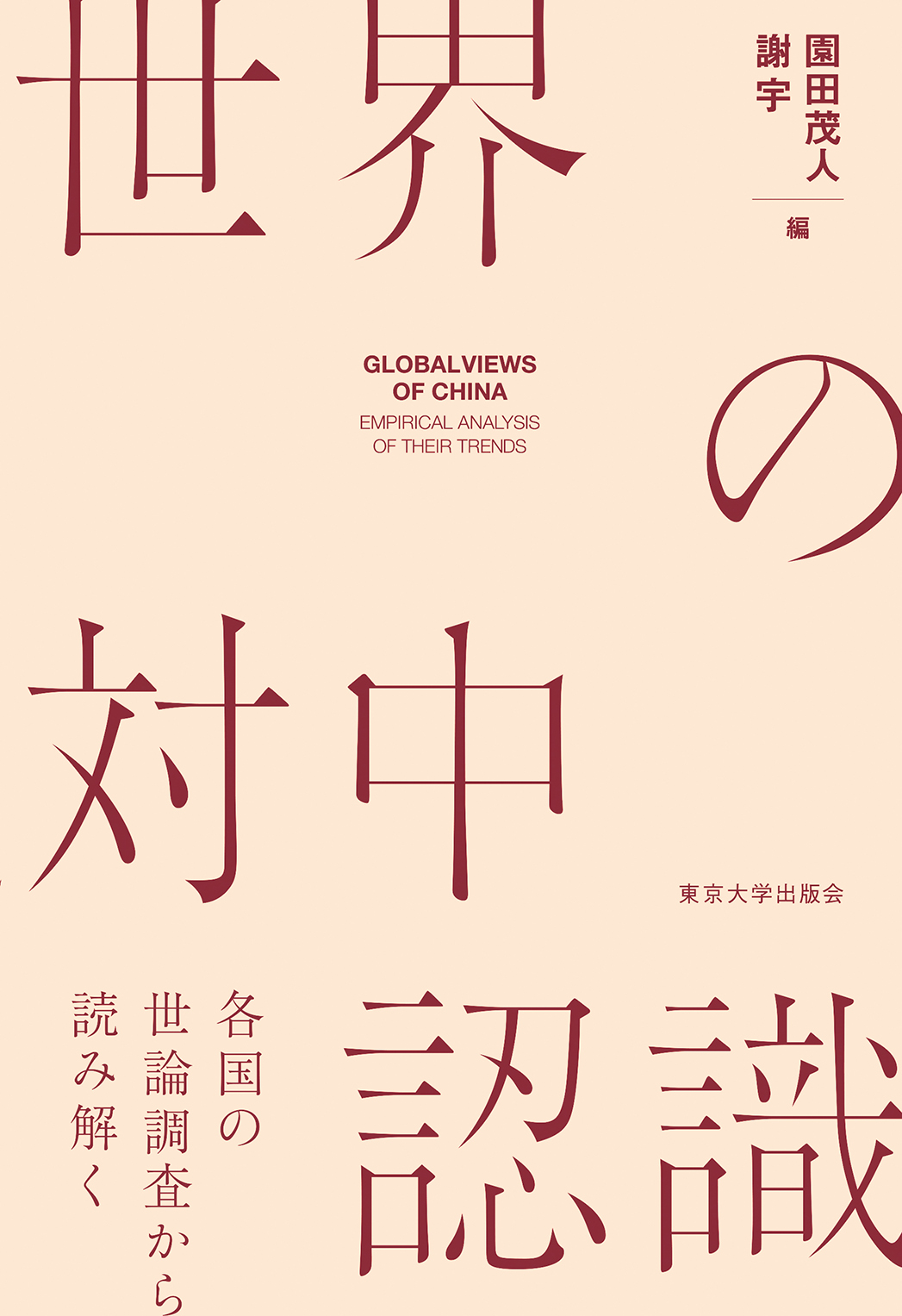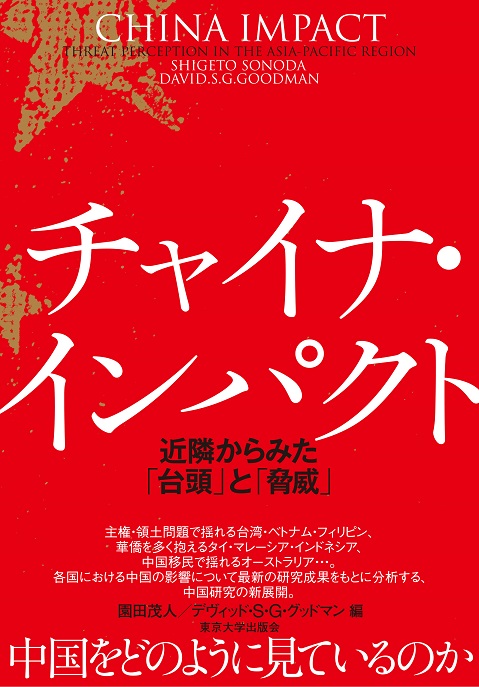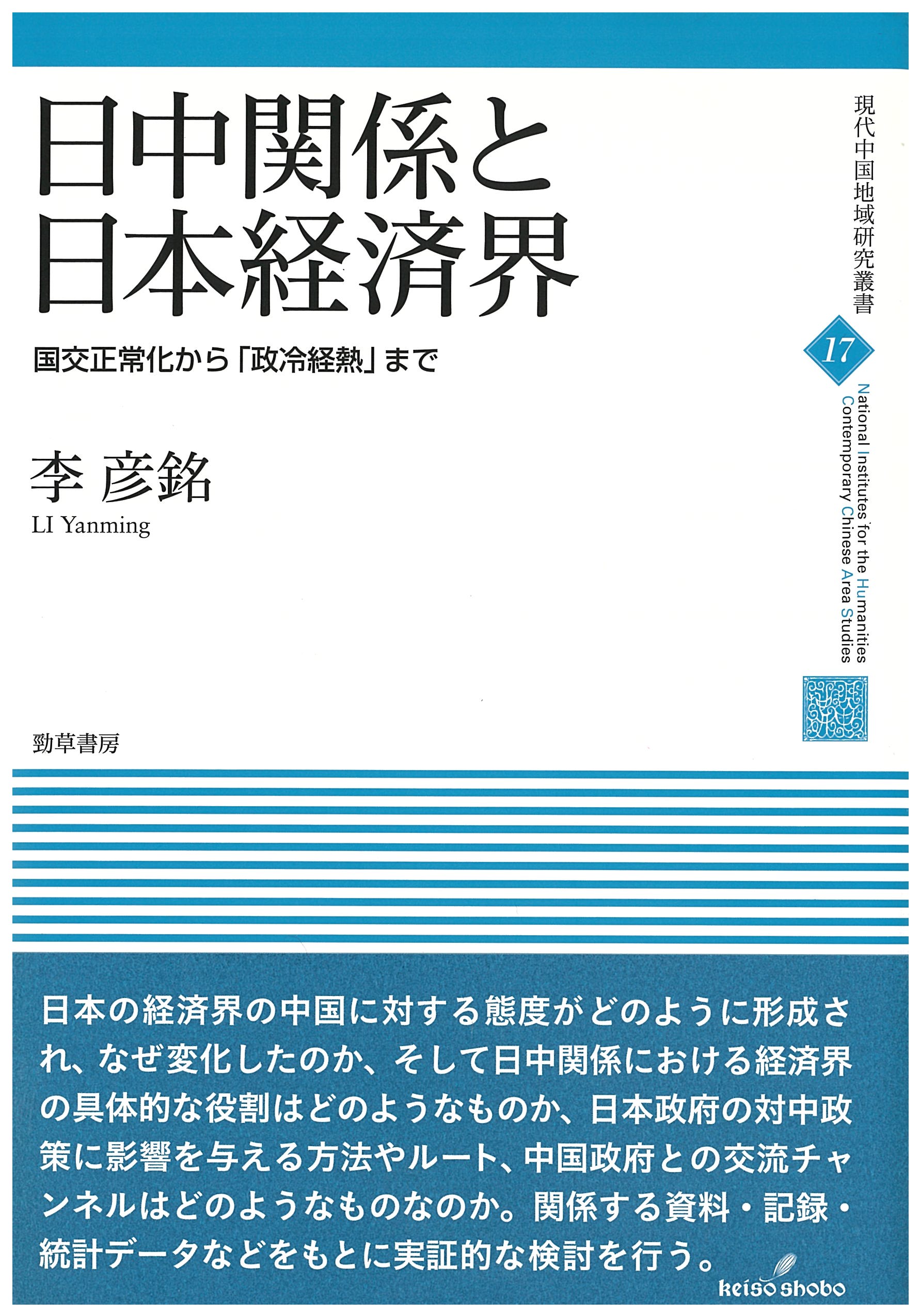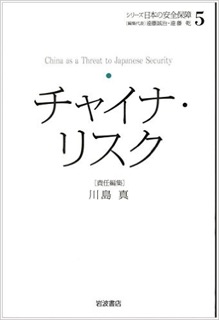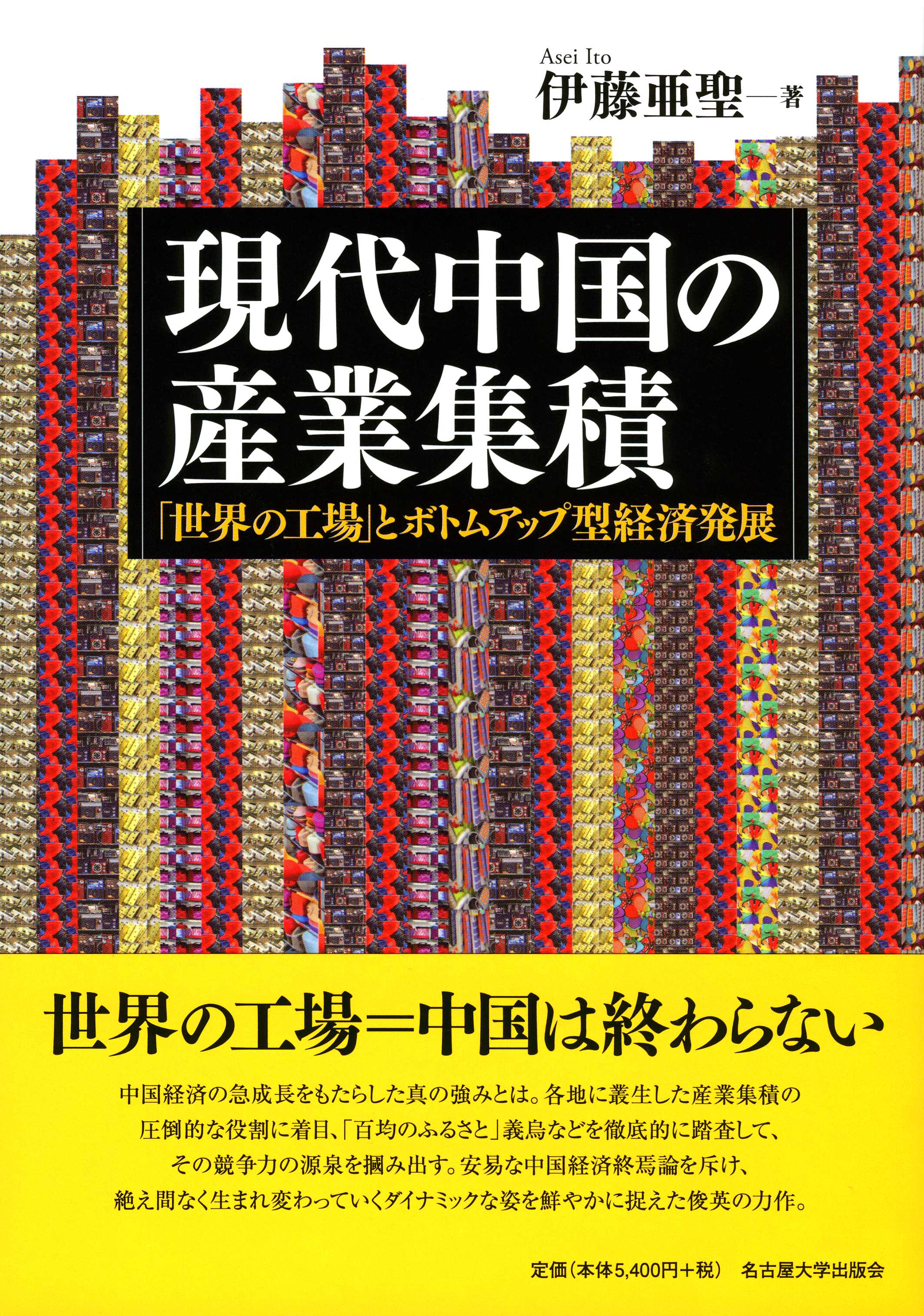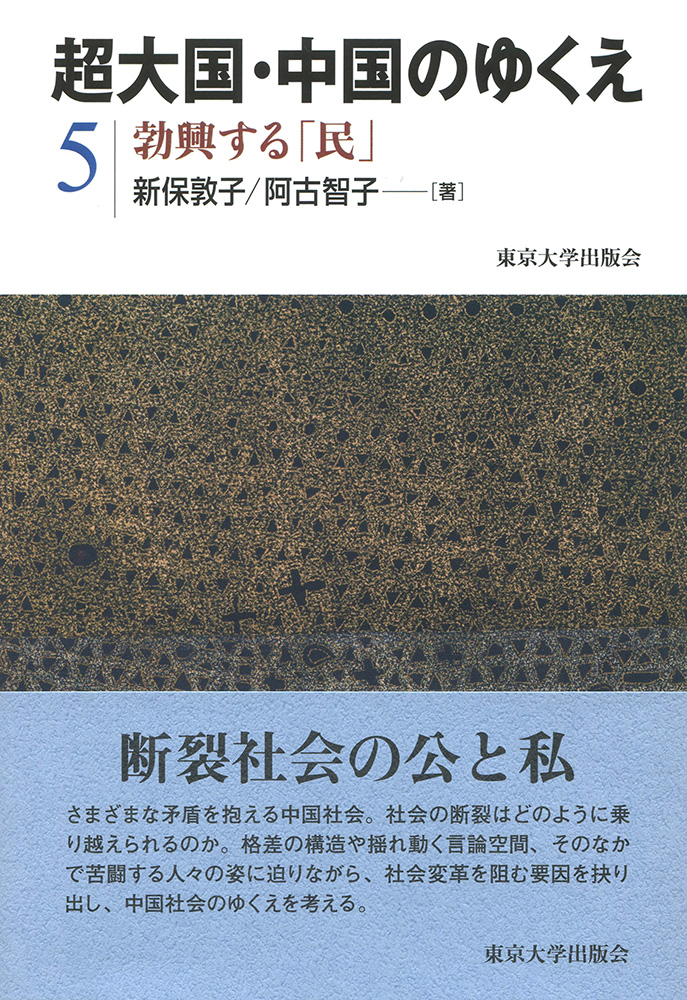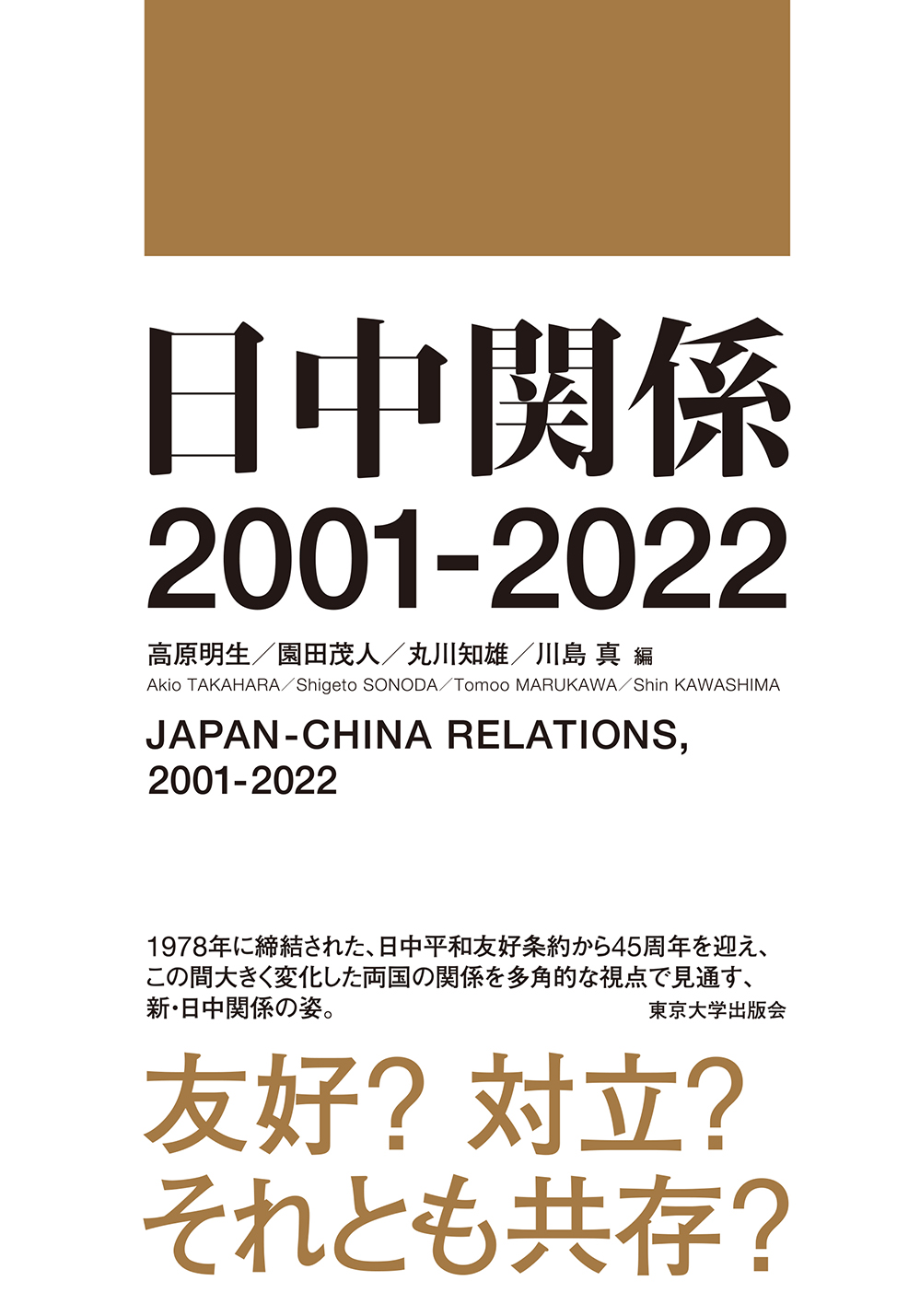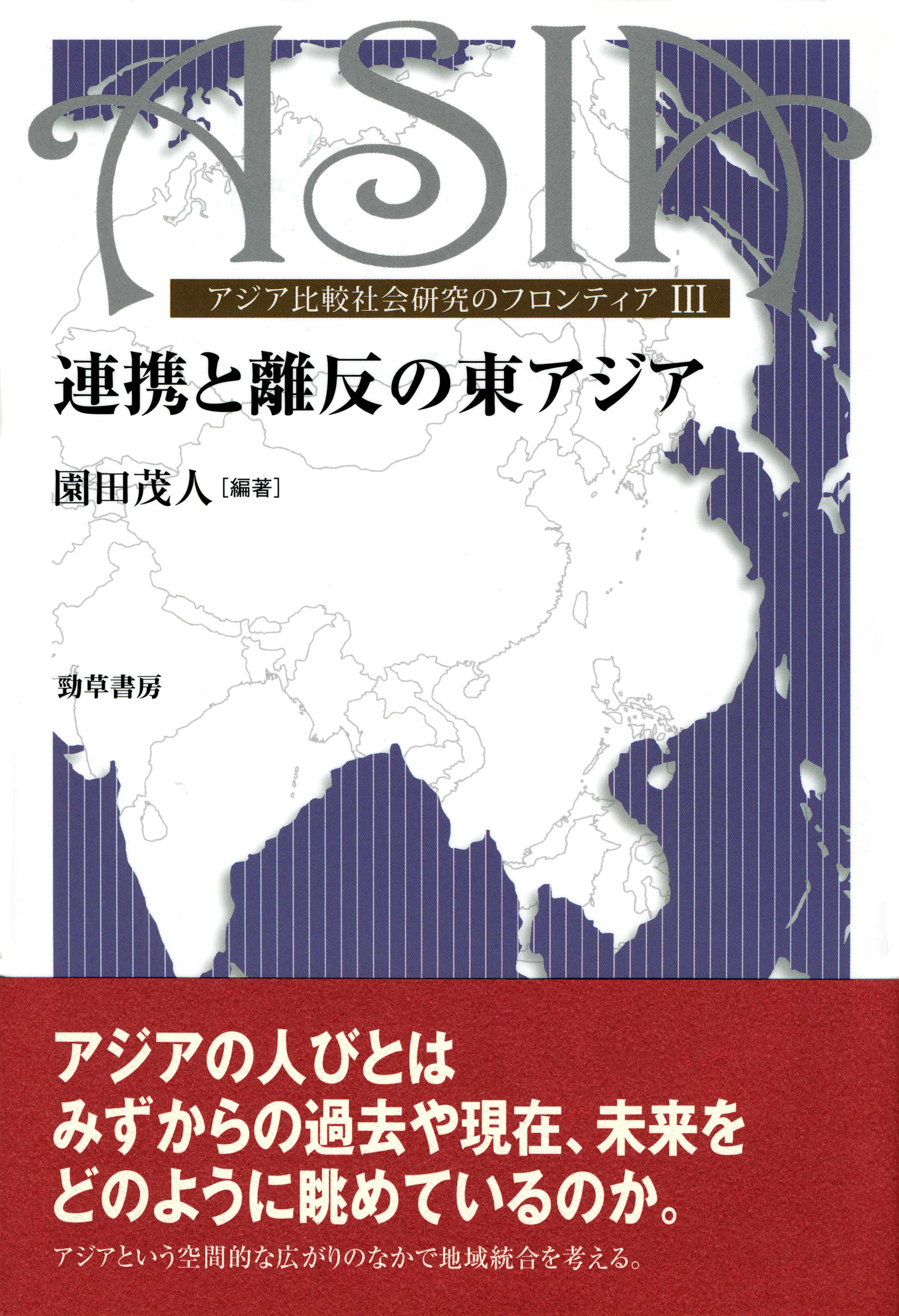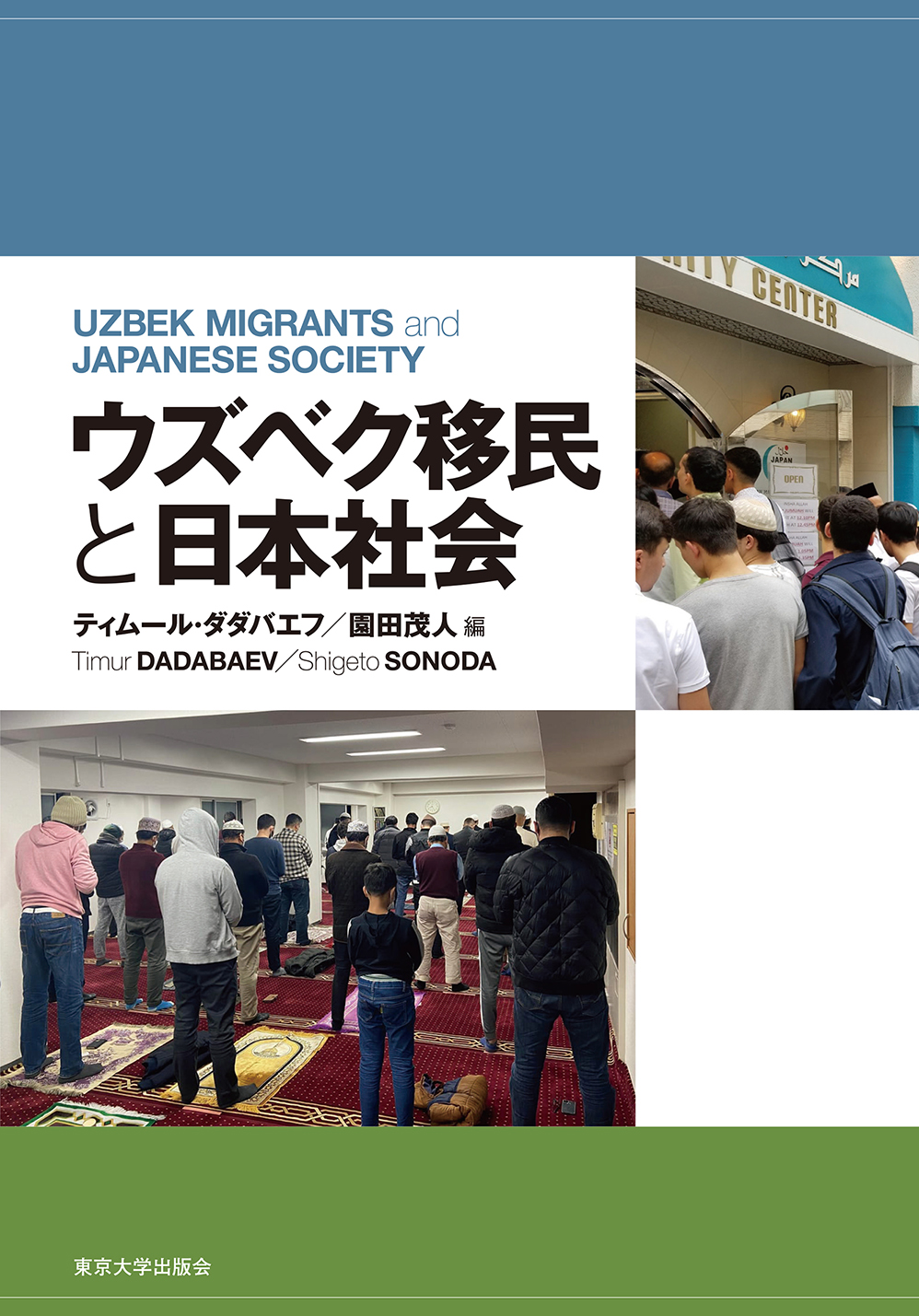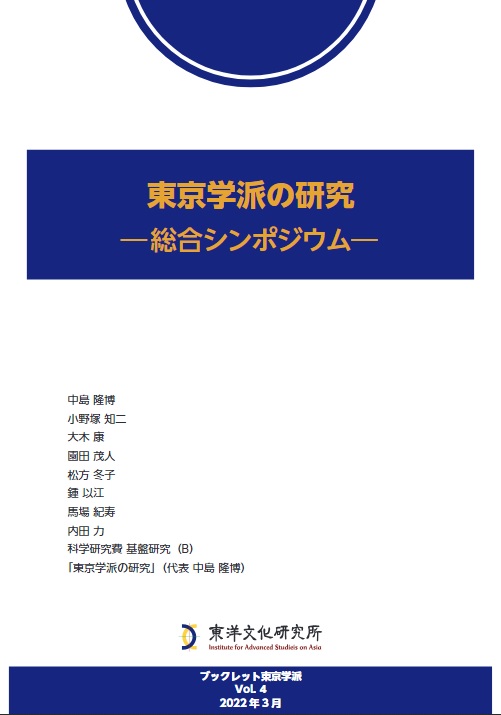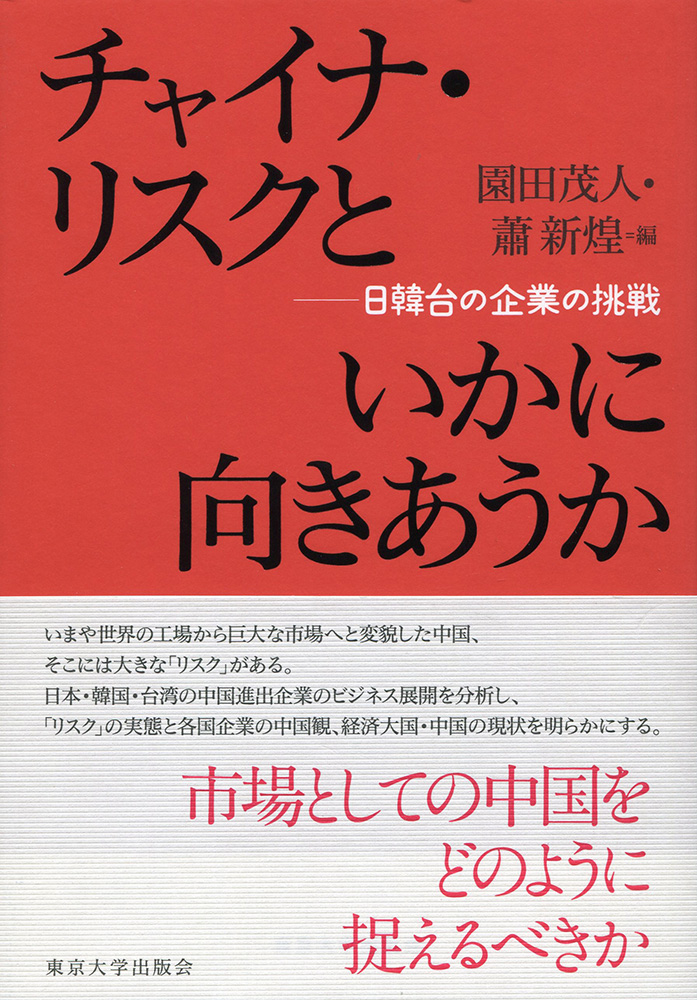
Title
China Risk to Ikani Mukiauka (The challenges for Japanese, Korean, and Taiwanese firms: How to cope with “China Risk”)
Size
288 pages, 127x188mm
Language
Japanese
Released
March 08, 2016
ISBN
978-4-13-040275-0
Published by
University of Tokyo Press
Book Info
See Book Availability at Library
Japanese Page
China is achieving remarkable economic growth and greatly expanding its global presence. Many foreign-owned companies are investing to China, looking to succeed in that market. Investment in China from the surrounding societies, particularly from Japan, South Korea, and Taiwan, has increased dramatically over the past 20 years, producing substantial changes in economic relations between Japan and China, South Korea and China, and Taiwan and China.
What sorts of difficulties are these companies facing once they entered the Chinese market, and how are they overcoming those challenges? Given that China deploys a unique political economic system called a “socialist market economy,” what types of risks do companies feel there? What is the understanding among these companies of the rapidly developing Chinese market? The research being done on Japanese, South Korean, and Taiwanese companies’ expansion into China that raises and resolves these types of questions, however, has been divided along the lines of national boundaries and rarely takes a sideways glance at other countries. Although Japanese, South Korean, and Taiwanese researchers have been interested in their own society’s corporate expansion into China, there has been an overwhelming lack of attempts to compare those efforts.
This book is the result of a research project that started from 2000. Fieldwork was conducted twice, in 2001 and 2010, to examine chronological changes of Japanese, South Korean, and Taiwanese companies in China and uncover the characteristics of the expatriates sent to China by these companies and locally hired employees. The findings were then examined over the course of several years and the results, based on the knowledge of the researchers from the three economies, were compiled into this volume.
In the course of the research, a number of “puzzles” emerged. The executives of large South Korean corporations did not have a strong sense of risk, viewing it as a promising opportunity for their own company. By contrast, Japanese and Taiwanese companies were more sensitive about the risks. Whereas Japanese companies generally took the position that there was no other option but to leave matters within China to Chinese citizens, in South Korean companies, their staff sent by the headquarter learned Chinese language and were strongly committed to local management. And it was not the Taiwanese businesspeople who were most actively building networks with Chinese local government, but rather the South Koreans.
Why is this the case? Japan has not been at war with China since 1950, while South Korea fought against the People’s Liberation Army of China during the Korean War. It would not be surprising to see those wartime memories have an impact on business in Japanese subsidiaries, but there were no such reports from the South Korean expatriates in China.
Comparative research does not mean comparing several subjects and then you are done. It requires a thorough examination of the similarities and differences, and in particular it calls for a successful explanation of why and how those differences emerged. That in turn requires that researchers critically analyze previous research while at the same time constantly exchanging opinions with research partners and taking a comparative look at the conditions in one’s own society.
By reading this volume, readers will, I hope, get a real taste of comparative research on Japan, South Korea, and Taiwan—a topic that is much more challenging than it would appear.
(Written by SONODA Shigeto, Professor, Interfaculty Initiative in Information Studies / 2017)



 Find a book
Find a book


